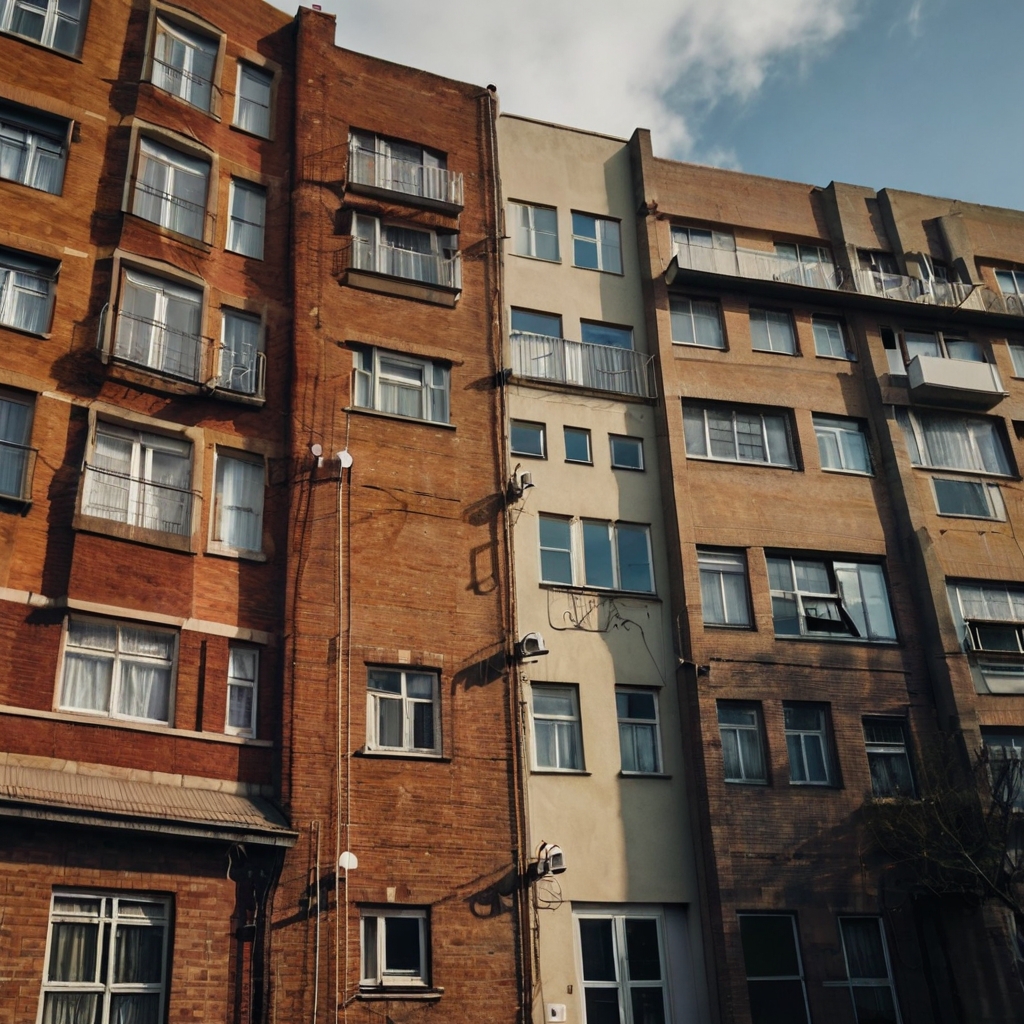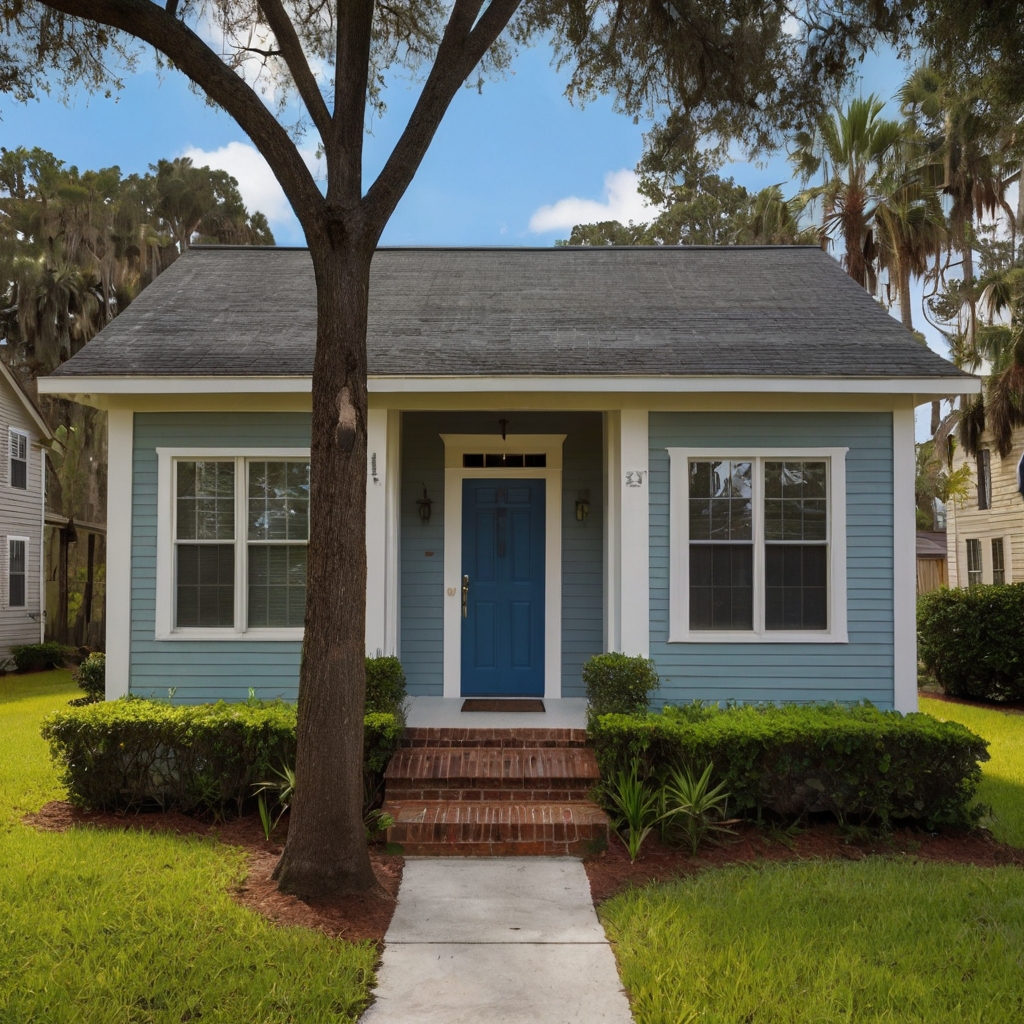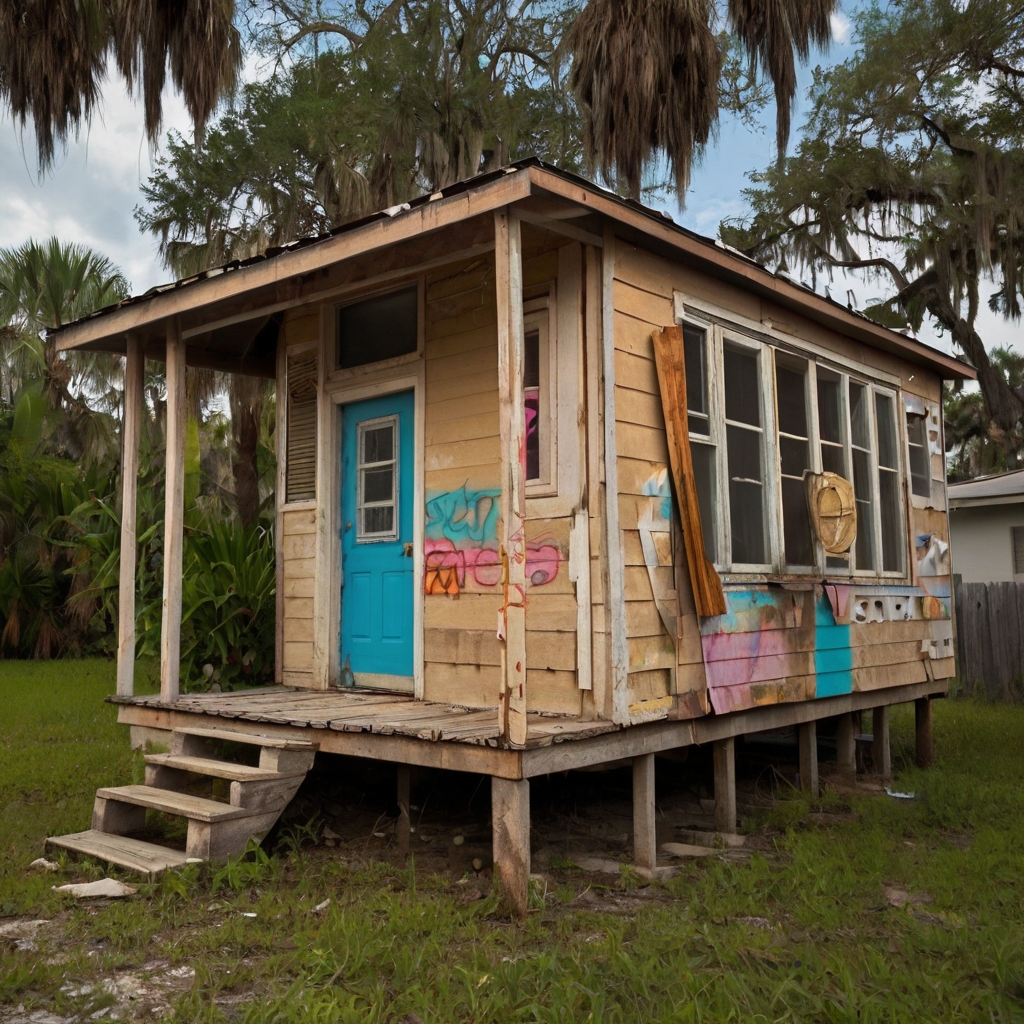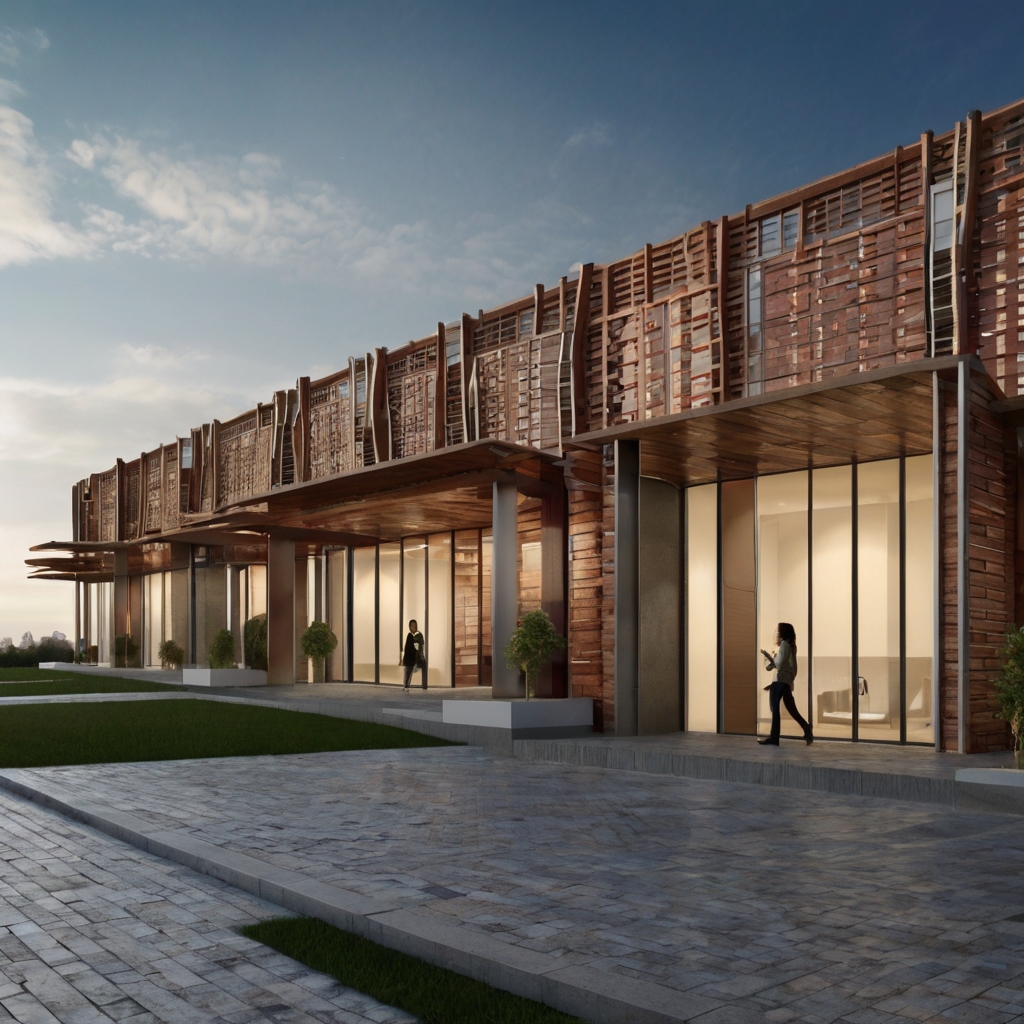Housing costs keep climbing, and many Americans struggle to find rentals they can afford. Budget-friendly housing solutions like income restricted apartments have become vital if you have a family looking for an affordable place to live. These special housing units help people who meet certain income requirements. Residents usually need to earn 60% or less of their area’s median income to qualify.
The story of income restricted apartments goes back to the Great Depression. Federal programs like the Section 8 Housing Act of 1937 continue to help people today. The U.S. Department of Housing and Urban Development (HUD) manages these properties. Income limits vary by a lot depending on location. These apartments target households earning 30%, 50%, or 80% of the Area Median Income (AMI). This makes housing available to people who might find regular market-rate rentals too expensive.
This complete guide covers everything about income restricted apartments. You’ll learn about qualifying requirements and how to apply. It helps you figure out if you meet the eligibility criteria for 2025.

What Are Income Restricted Apartments in 2025?
Income restricted apartments are the life-blood of affordable housing programs in the United States. These rental units follow specific guidelines that make housing available to families and individuals with limited financial resources.
Simple definition and purpose
Income restricted apartments are privately owned rental properties that get government subsidies or tax incentives to provide affordable housing options. These properties have rent caps linked to tenant income or the area’s median income (AMI). This ensures housing stays within reach for qualified residents. The purpose goes beyond just reducing costs – these properties help create stable communities and maintain housing quality standards.
Key features of restricted income apartments
Income restricted apartments have several distinctive characteristics:
- Controlled Rent Structure: Rent payments usually equal 30% of the tenant’s income or follow AMI-based calculations
- Government Oversight: Federal, state, and local housing programs offer financial support through subsidies and tax benefits
- Quality Standards: Properties must meet specific housing quality measures despite lower rental rates
The 2025 parameters bring new changes to these apartments. The average income limit will likely rise by 3.2%, which is lower than 2024’s 6% increase. The income limit increases won’t exceed 9.2% in any area, based on national median income changes.
The Low Income Housing Tax Credit (LIHTC) program is a vital component in 2025 that supports new affordable housing development. Property managers must direct multiple funding sources and meet compliance requirements to run these properties well. Modern software systems help simplify tenant certification processes and keep accurate records.
These apartments work differently from traditional market-rate rentals. All but one of these communities often get the income-restricted designation, though some developments combine both market-rate and income-restricted units. The application process needs full income verification to ensure applicants meet eligibility criteria, which protects the program’s integrity and purpose.
Income Limits and Qualification Rules
You need to understand exact income thresholds and required documents to qualify for income-restricted apartments. The Department of Housing and Urban Development (HUD) sets these rules using income tiers and area-based math.
2025 income thresholds
Income limits will see key changes in 2025. Experts project average income thresholds to rise by 3.2%, which is much lower than 2024’s 6% jump. No area can see income limits go up by more than 9.2%. The income qualification tiers stay in three main groups:
- Extremely Low Income: At or below 30% of AMI
- Very Low Income: At or below 50% of AMI
- Low Income: At or below 80% of AMI
Area Median Income calculation
Area Median Income (AMI) helps decide who can qualify. HUD guidelines say AMI shows the middle point of what people earn in an area. The calculation looks at several things:
- Four-person households serve as the starting point
- Numbers change based on how many people live together
- Each metro area gets its own calculations
- American Community Survey data updates the numbers yearly
These calculations help set fair income limits based on location. To name just one example, a family of four might qualify with $62,100 at 50% AMI, while one person would need to earn $43,500 or less.
Documentation requirements
You must have specific papers ready to prove you qualify for income-restricted apartments. Applicants need to show:
- Proof of income from everyone 18 and older in the home
- Government-issued ID cards
- Birth certificates for all children
- Notarized income affidavit forms
Housing authorities look at gross income, which means all money earned before taxes and other takeouts. This paperwork gives a full picture of who should get affordable housing.
Renters must spend no more than 40% of their income on rent, and most can earn up to 60% of AMI. Properties that use Low-Income Housing Tax Credits (LIHTC) must keep these income rules for at least 30 years.

Step-by-Step Application Guide
Getting an income restricted apartment needs a step-by-step approach. You should contact the property management office or local Public Housing Agency (PHA) to begin this experience.
Original eligibility check
The first step is a quick screening to check simple qualification criteria. Applicants must be:
- At least 18 years old
- A legal resident or citizen
- Below specified AMI percentage for household size
- Able to pass credit and background checks
Property managers then review an applicant’s student status, since full-time students usually face restrictions, though some exceptions exist. We checked rental history and criminal records to ensure applicant suitability.
Required paperwork
After the original screening, you need to submit detailed documentation. The required paperwork has:
Personal Identification
- Government-issued photo ID or passport
- Social Security cards
- Birth certificates for children
Income Documentation
- Four most recent consecutive pay stubs
- Social Security award letters
- Pension statements
- Child support documentation
- Military pay verification
- Workers’ compensation statements
- Unemployment benefit records
Financial Records
- Six months of checking account statements
- Six months of savings account statements
- Recent retirement account statements
- Three years of federal tax returns
- Three years of state tax returns
Property managers review all submitted documents carefully to verify accuracy. Applications go through a detailed review process that often takes several weeks to approve. Housing authorities might visit your home during this time to see how you maintain your current residence.
Applications for government-owned properties go directly to the PHA, while privately owned units need submission to the property manager. Being honest with documentation matters most because fraudulent claims can lead to serious problems, even years after approval.

Hidden Costs and Financial Planning
Moving into an income-restricted apartment needs careful financial planning. Monthly rent isn’t the only cost you need to consider. We looked at several extra costs that affect your budget.
Security deposits
New laws have changed security deposit requirements. California’s rules now limit security deposits to one month’s rent. Eleven other states have put similar restrictions in place. This change helps solve one of the biggest problems. About 53% of renters can pay monthly rent but don’t deal very well with traditional two-month security deposits.
Security deposit programs are a great way to get help if you need it. These programs help residents who earn at or under 60% AMI. Some programs even extend support to households at 80% AMI. Most security deposit help comes as a loan. You’ll need to pay it back when you move out.
Utility expenses
Knowing your utility costs is vital to plan your finances. The Section 8 Housing Choice Voucher program gives tenants a utility allowance to help with these costs. This allowance helps pay for:
- Electric and natural gas services
- Water and sewage
- Garbage collection
- Heating and cooling expenses
Monthly utility allowances can be as low as $10 or over $200. The amount changes based on where you live and your household size. The Low Income Home Energy Assistance Program (LIHEAP) offers extra help. It provides regular and crisis benefits up to $500 for eligible households.
Insurance requirements
Income-restricted properties need specific insurance to protect tenants and property owners. Commercial property insurance is required coverage. It comes with blanket limits based on replacement costs. These properties must also have:
- Commercial general liability coverage
- Workers compensation insurance
- Automobile liability protection
- Employee dishonesty coverage
Properties with steam boilers or those in flood plains need extra insurance. It’s worth mentioning that directors and officers liability coverage and lead-based paint liability insurance are highly recommended for complete protection.
Property insurance costs become part of the overall operating expenses. These costs help determine rent calculations. Properties must keep good coverage while keeping housing affordable. Understanding these hidden costs helps you prepare better for long-term living in income-restricted apartments.
Smart Ways to Find These Apartments
Strategic navigation through resources and platforms helps you find income-restricted apartments. We combined online tools, local housing authority assistance, and professional expertise to create successful searches.
Online search strategies
The Department of Housing and Urban Development (HUD) provides an interactive map tool that makes searching easier. You can use this resource by:
- Select ‘Find Affordable Housing Opportunities Near Me’
- Enter your city or address
- Click ‘OK’ if geolocation is disabled
- Browse available properties in your area
Several specialized websites now maintain extensive databases of income restricted properties. These platforms include:
- AffordableHousing.com – Lists income-based rentals
- LowIncomeHousing.us – Features thousands of income-based properties
- Local city housing websites – Offer area-specific listings
Checking multiple platforms boosts your chances of finding suitable options since waiting lists can span several years.
Local housing authorities
Public Housing Authorities (PHAs) are the foundations of the affordable housing search process. These organizations keep detailed property listings and give individual-specific assistance to prospective tenants. PHAs maintain lists of available units and connect landlords with qualified tenants.
PHAs help manage:
- Direct applications for public housing
- Housing Choice Voucher (Section 8) programs
- Connections with private landlords accepting vouchers
- Updates on waiting list status
Some PHAs implement local preference policies. Cities often prioritize households who live and work within city limits.
Real estate agents specializing in affordable housing
Real estate agents with expertise in affordable housing are a great way to get insights and access to properties. These specialists have:
- Deep knowledge of government-subsidized properties
- Understanding of tax credit multifamily properties
- Experience with both for-profit and nonprofit clients
These professionals maintain extensive networks within the affordable housing sector. Their unmatched insight into market complexities comes from over 35 years of ground experience.
Some regions feature specialized affordable housing advisory teams. These groups focus exclusively on affordable housing transactions and provide nationwide professional brokerage services. Their expertise becomes invaluable especially when you have complex application processes and local market conditions to understand.
All the same, competitive affordable housing markets mean you should prepare for potential waiting periods. Most properties have waiting lists that can extend several years. Experts suggest applying to multiple properties at once to increase housing opportunities.
Income-restricted apartments are essential housing solutions that help millions of Americans tackle affordability challenges. These properties keep rents regulated and quality standards high through government oversight and support. The 2025 income threshold shows a modest 3.2% adjustment, yet qualified residents pay rent capped at 30% of their income.
Getting these apartments requires full preparation. Smart applicants gather their documents early and know their local AMI calculations. They also plan ahead for extra costs beyond monthly rent. Many submit applications to multiple properties because waiting periods can stretch quite long in most areas.
The search becomes easier with help from housing authorities, specialized real estate agents, and online resources. These professionals guide applicants through complex requirements and connect them with available properties. Eligible households can access various assistance programs. Security deposit support and utility allowances make these apartments truly affordable.
Income-restricted housing creates paths to stable, budget-friendly living. Good planning, complete documentation, and smart searching boost your chances of finding the right place. Qualified residents should move quickly because affordable housing demand keeps rising in American cities.
Here are some FAQs about what is income restricted apartments:
What income do most apartments require?
Most apartments require tenants to earn at least three times the monthly rent to qualify. This ensures that renters can afford their payments without financial strain. For those asking, what is income restricted apartments, these units have specific income limits based on local median earnings to make housing affordable.
What is the highest income for Section 8?
The highest income for Section 8 varies by location and household size. Generally, it is set at 50% of the area median income (AMI), though some areas allow up to 80% for specific cases. If you’re wondering, what is income restricted apartments, these units also have income caps to ensure affordability for low-income households.
What is the maximum rent to income?
Most landlords prefer a rent-to-income ratio of 30%, meaning rent should not exceed 30% of a tenant’s gross monthly income. What is income restricted apartments is often tied to this guideline, ensuring that rent remains affordable for those who qualify.
What is the minimum credit score for renting an apartment?
Most landlords look for a credit score of at least 620 to 650 to approve a rental application. However, income-restricted apartments may have more flexible credit requirements. What is income restricted apartments is a common question among renters seeking affordable options, as these units focus more on income than credit history.
What’s the most rent for income housing?
For income-restricted apartments, rent is usually capped at 30% to 40% of a tenant’s income. What is income restricted apartments is important to understand because these units follow federal or local guidelines to keep housing affordable. Rent limits depend on the area median income and household size.
What is the income of the middle class?
Middle-class income varies by state and household size but typically ranges from $50,000 to $150,000 per year. In areas with a high cost of living, the threshold may be higher. What is income restricted apartments often targets those earning below the middle-class range to help provide affordable housing.
How much will Section 8 pay for a 2-bedroom in California?
The amount Section 8 will pay for a 2-bedroom in California depends on local fair market rent (FMR) and tenant income. In high-cost areas, vouchers can cover rents exceeding $2,000 per month. What is income restricted apartments ties into this system, as both programs aim to make housing more accessible for low-income families.



